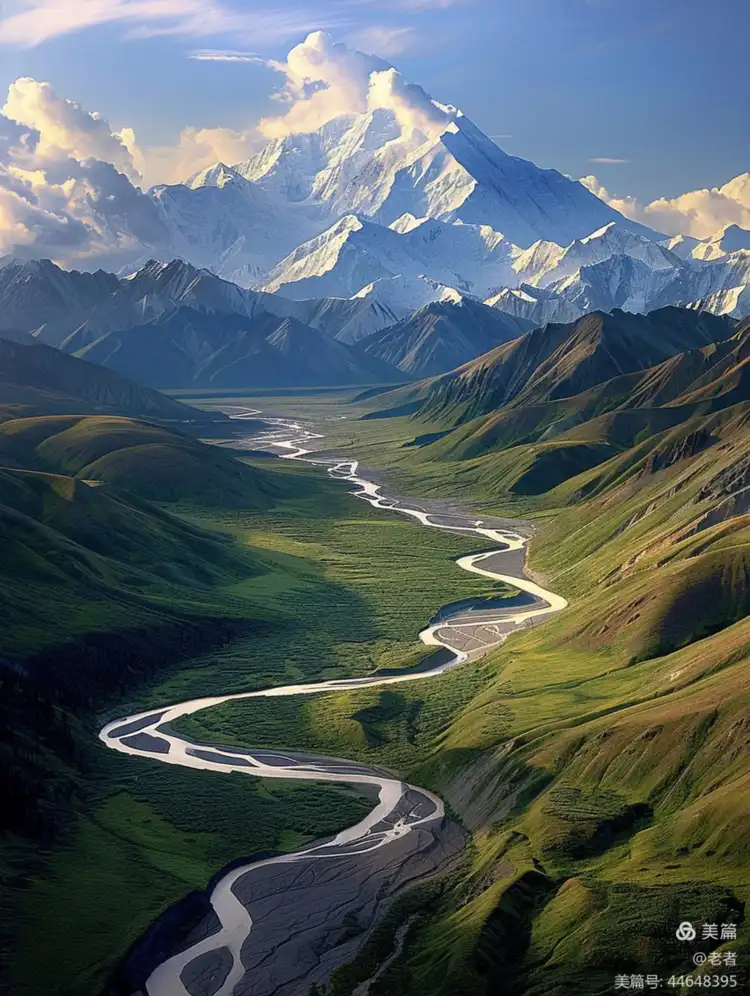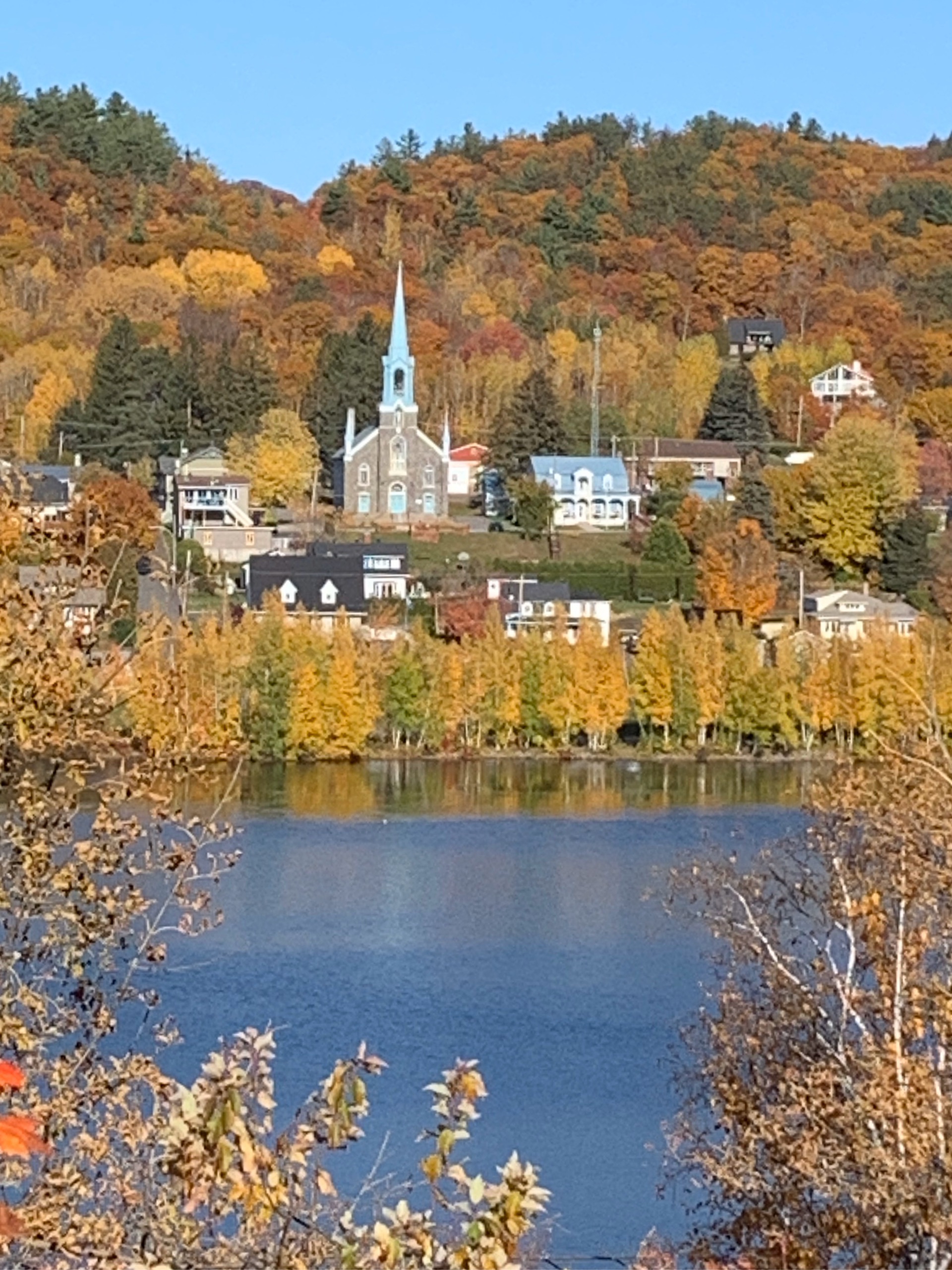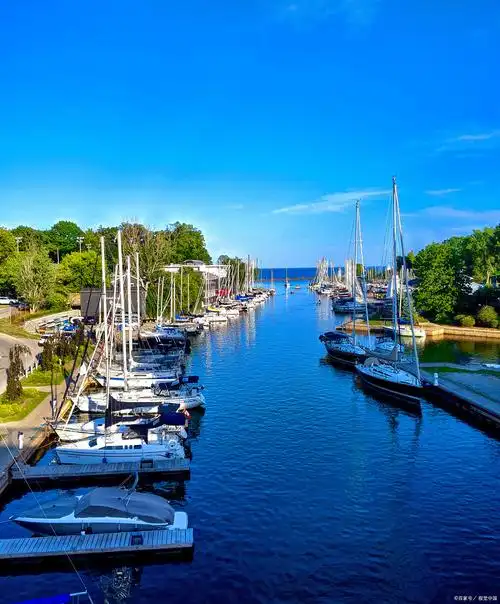Global Travel Information
Etosha Pan, Namibia
The Silver Sea: Etosha Pan’s Eternal Allure

In the sun-scorched heart of northern Namibia, a great, white emptiness dominates the land. This is the Etosha Pan, a vast, arid depression that shimmers like a phantom sea under the African sun. Stretching over 4,800 square kilometers, it is one of the largest salt pans in the world, a breathtaking expanse of bleached clay that defines the ecosystem, the culture, and the very soul of the Etosha National Park. To the casual observer, it may appear as a barren wasteland, a void of nothingness. But to those who listen, it whispers a profound story of geological upheaval, epic survival, and ethereal beauty.
The pan’s genesis is a tale written in water and time. Over one hundred million years ago, the continent of Gondwana began to break apart. This tectonic drama created a massive inland lake, fed by the Kunene River. For millennia, this lake teemed with life, its waters lapping against shores that would one day become desert. But climate is a fickle sculptor. Around 16,000 years ago, the climate shifted, becoming drier. The Kunene River changed its course, flowing west to carve out its own canyon and eventually empty into the Atlantic Ocean, abandoning its vast child. Deprived of its lifeblood, the great lake began to die. The water evaporated under the relentless sun, leaving behind a thick crust of minerals and salt—the ghost of a lake, a crystalline tomb for the aquatic life that once flourished. Today, the pan is a flat, crackled plain, a stark sheet of white that fractures the horizon.
Yet, to call Etosha Pan “lifeless” is to misunderstand it completely. It is not a dead place; it is a stage, and its apparent emptiness is the backdrop for one of Africa’s most dramatic performances: the struggle for survival. The pan is the cornerstone of an entire ecosystem. During the brief, fierce rainy season (typically between January and April), a miraculous transformation occurs. Torrential downpours flood the pan’s hard-baked surface, creating a shallow, ephemeral lake. This sudden abundance of water performs two miracles. First, it triggers the eruption of a blue-green algae, which forms the base of a sudden, explosive food chain. Second, it attracts a spectacle of almost biblical proportions.
Thousands of flamingos, sensing the water from great distances, descend upon the newly formed lake. Their pink masses, reflected in the shallow water, create a surreal landscape of color and movement. They feast on the algae and the brine shrimp that also magically appear, their specialized beaks sifting the rich soup. They come to breed, building their mud nests in the safety of the water, their colonies forming a living, chirping city on the pan. Accompanying them are pelicans, cranes, and a host of other waterbirds, turning the silent void into a cacophony of life. This seasonal pulse is the heartbeat of Etosha, a brief, vibrant explosion of existence dictated by the ancient rhythm of rain.
For the larger mammals of the park, the pan is not a source of food but a navigational beacon and a psychological landmark. Its blinding white surface acts as a giant reflector, cooling the air above it and creating thermals that birds of prey use to soar. More importantly, the water that gathers at its fringes—in a series of spring-fed waterholes like Okaukuejo, Halali, and Namutoni—becomes the epicenter of life for the rest of the year. As the rains cease and the pan dries back into its cracked, mineral state, these waterholes become oases, the only sources of water for miles around.
It is here that the true drama of Etosha unfolds. Under the searing heat, every living creature must eventually come to drink. This necessity creates a tense, neutral ground—a truce born of thirst. Herds of graceful springbok and stately gemsbok (oryx) pick their way cautiously to the water’s edge. Towering elephants, their skin caked in the pan’s white dust, march in matriarchal lines to splash and drink, their deep rumbles echoing in the stillness. The endangered black rhinoceros, a prehistoric relic, emerges under the cover of darkness, its form solid and solemn under the starry sky.
But this gathering of prey inevitably attracts predators. Prides of lions, their tawny coats camouflaged against the pale gold grass, lounge in the shade near the waterholes, waiting with predatory patience. A single cheetah might be spotted atop a termite mound, its eyes scanning the horizon for a vulnerable target. Hyenas lope in the twilight, their whoops signaling the beginning of the night shift. The waterhole becomes a theater-in-the-round, where the circle of life is performed in its raw, unscripted entirety. A visit to a waterhole at sunset is to witness nature without filter: the tension, the peace, the violence, and the coexistence, all framed by the immense, silent presence of the pan.
The human history of this place is etched into its perimeter. The name “Etosha” itself comes from the Ovambo language, meaning “Great White Place.” For centuries, the San (Bushmen) hunter-gatherers traversed this land, reading its signs and surviving its hardships. Later, Herero and Ovambo pastoralists moved along its edges, their cattle grazing on the surrounding grasslands. In the early 20th century, German colonial forces built the fort at Namutoni, a stark white structure that now stands as a lodge and a reminder of a turbulent past, its silhouette mirrored in the pan’s mirages.
To experience Etosha Pan is to understand scale and perspective. By day, the heat haze creates Fata Morgana—mirages that dance on the horizon, distorting reality and teasing the imagination. Distant trees appear to float on water, and animals become shimmering specters. As the sun sets, it paints the white pan in impossible colors: fiery orange, deep violet, and molten gold. The flatness of the earth allows for a sunset that feels total and complete, a 360-degree immersion in dying light. Then comes the night. Freed from the light pollution of cities, the sky reveals its true majesty. The Milky Way stretches like a glittering river across the velvet blackness, so vivid and close it feels touchable. The immense silence of the pan is not an absence of sound, but a presence—a profound quiet that amplifies the beat of one’s own heart.
Etosha Pan is a land of contradictions. It is both barren and fertile, silent and deafeningly loud, a place of stark death and vibrant life. It is a relic of a ancient past and the vital key to the present. It reminds us that what appears empty is often full, and that in the heart of nothingness, we can find everything: beauty, resilience, and the timeless, untamed pulse of the natural world. It is not a void, but a great white stage where the eternal drama of Africa continues to play, forever under the watchful eye of the sun and the stars.
相关文章
- Elbe River Guide: Top Scenic Spots to Visit in 2025
- Best Time to Visit Elbe River: Seasonal Tips for Travelers
- Elbe River Cruise Routes: From Hamburg to Dresden
- Elbe River Hiking Trails: Scenic Paths Along the Waterway
- Elbe River Length & Source: Key Geographic Facts
- Cities Along Elbe River: Must-See Destinations in Germany
- Elbe River Historical Significance: Key Events Through Time
- Elbe River Water Level Today: Real-Time Updates for Boaters
- Elbe River Cycling Routes: Explore by Bike This Year
- Elbe River Wildlife Watching: Where to Spot Birds & Animals
发表评论
评论列表
- 这篇文章还没有收到评论,赶紧来抢沙发吧~


